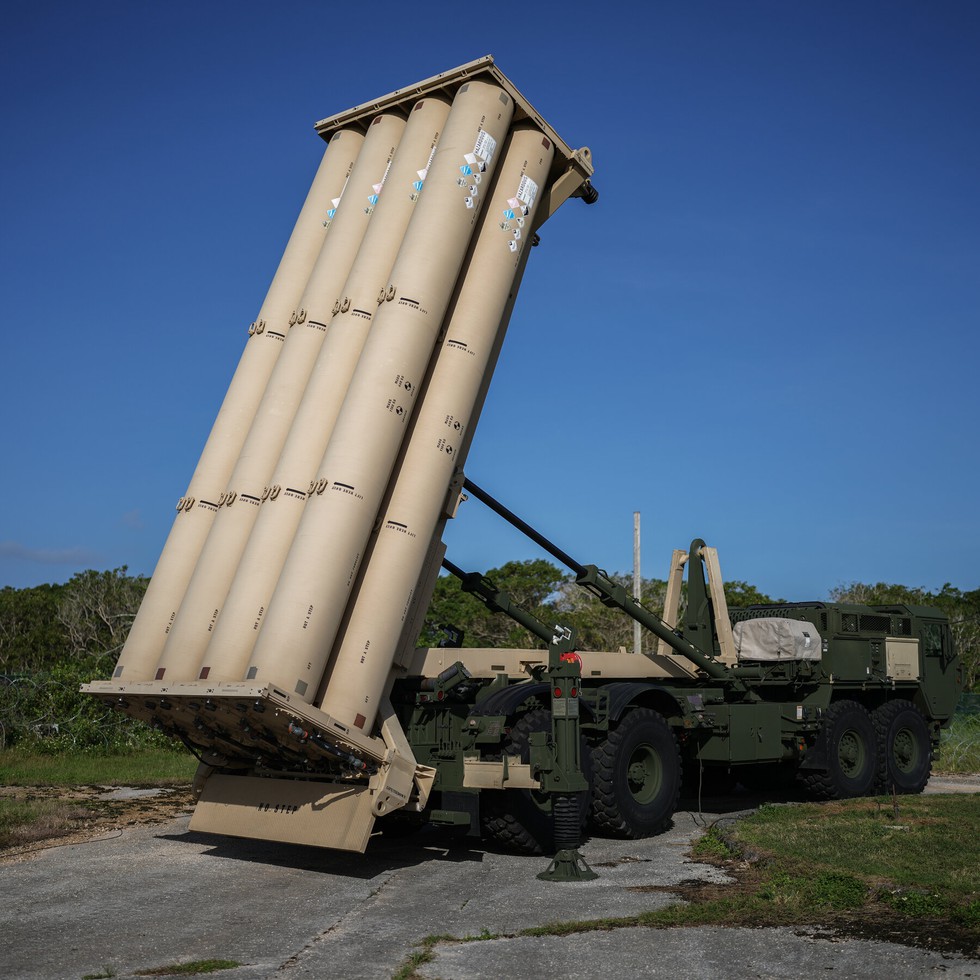About THAAD Missile System:
- The THAAD (Terminal High Altitude Area Defense) is an advanced missile defence system developed by the United States to intercept and destroy short-, medium-, and intermediate-range ballistic missiles during their terminal phase (the last phase of their flight).
- It was developed by the U.S. after their experience of Iraq’s Scud missile attacks during the Persian Gulf War in 1991.
- It is a key element of U.S. ballistic missile defense (BMD).
- It is the only US system capable of intercepting targets within (endoatmospheric) and outside (exoatmospheric) the atmosphere.
- Features:
- Each THAAD battery is made up of five parts: 48 interceptor missiles, six truck-mounted launchers, a radar, a command-and-control platform, and 95 soldiers.
- The THAAD missile is 6.17 m in length and is equipped with a single-stage solid-fuel rocket motor with thrust vectoring.
- There is no warhead on the missile, which destroys its targets by the force of its impact.
- The launch weight is 900 kg.
- The THAAD Radar is an X-band radar, the world's largest ground/air-transportable X-band radar. The radar has the capability to acquire missile threats at ranges up to 1,000 km.
- The target object data and the predicted intercept point are downloaded to the missile prior to launch. The updated target and intercept data are also transmitted to the missile in flight.
- The THAAD missile can destroy aerial targets at ranges from 150 to 200 km and can reach a maximum altitude of 150 km.
- It is interoperable with other Ballistic Missile Defense (BMD) systems.
